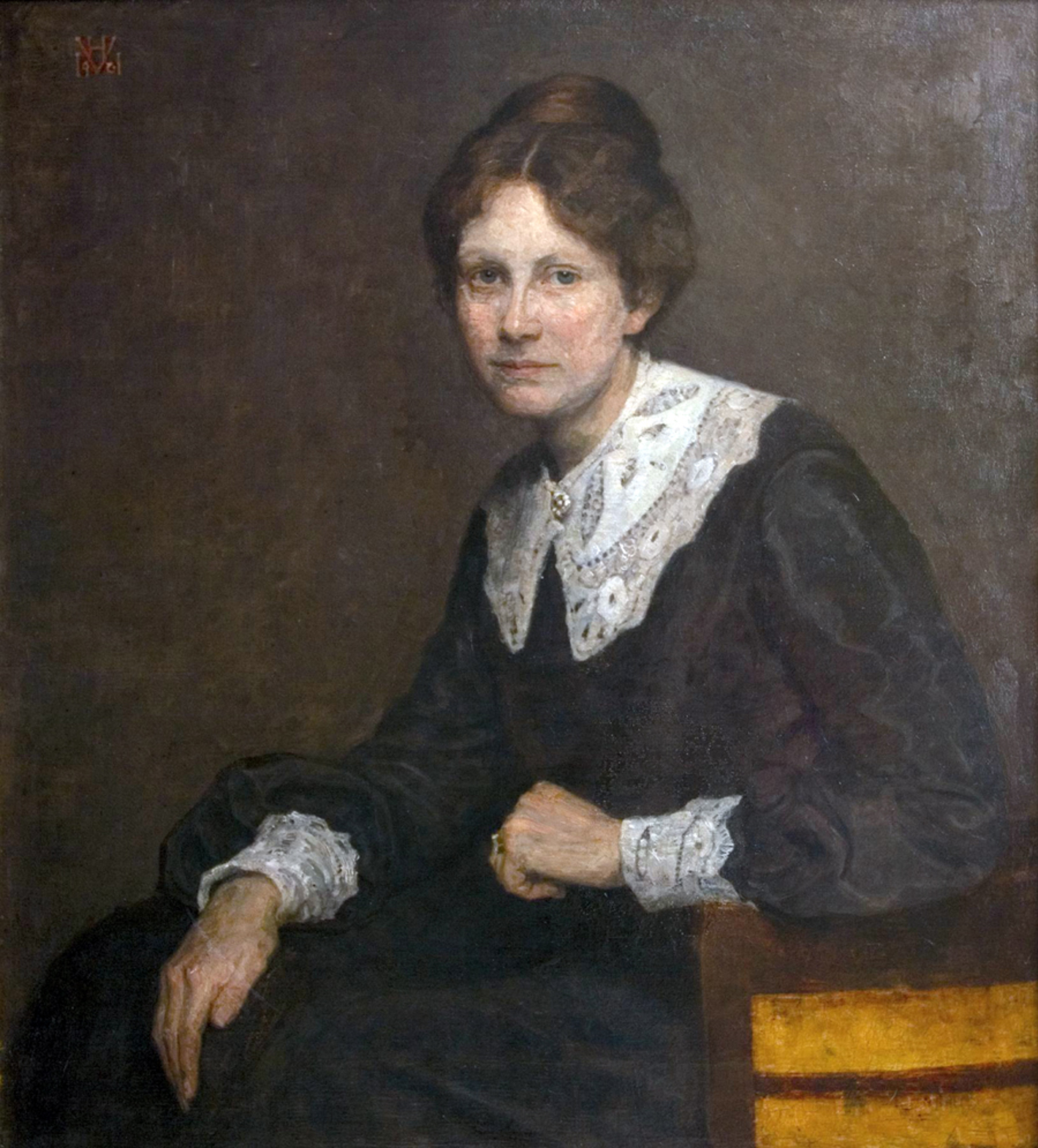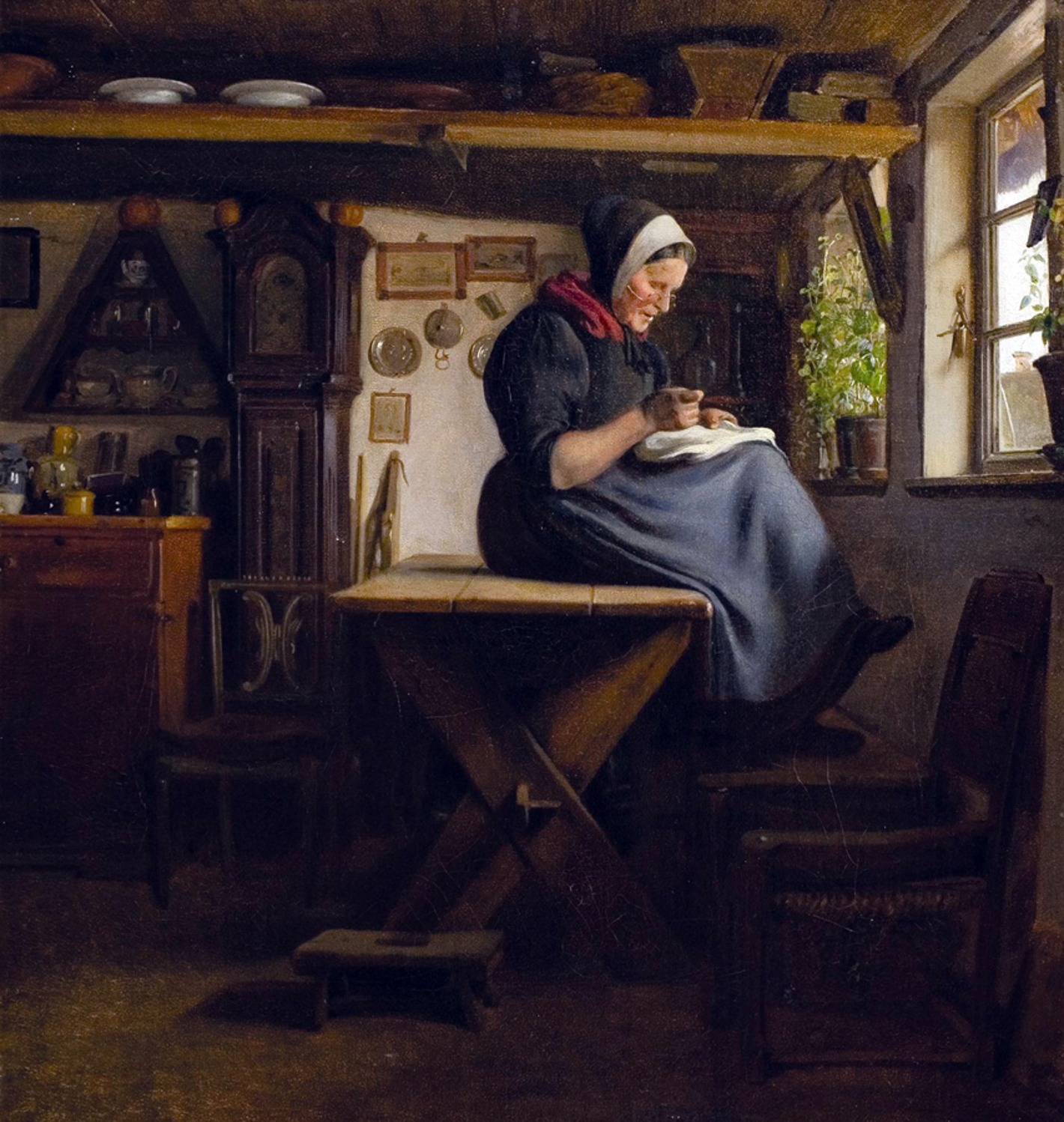Education and Ability
The production of the beautiful Hedebo embroideries from the end of the 18th century to the middle of the 19th century has been attributed to the peasant wives in the Hedebo area. But it is hard to believe that all women had the special abilities required for embroidery. However, it is hard to believe that all women possessed the special skills required for such intricate embroidery. The preserved pieces are presumably created by women with exceptional stitching abilities. The home industry and handicraft movement was strong at this time, and part of the education for all peasant girls likely involved learning the art of embroidery. Some women probably only experienced the disciplining side of embroidery, while others gained significant recognition for their expertise in Hedebo embroidery. Additionally, some may have experienced the personal joy of creating their own designs.
Light and Darkness
There is disagreement in the literature about where and when the women embroidered. Some accounts describe women carrying their sewing kits everywhere, sewing whenever the opportunity arose. Other records mention women sewing in the twilight of summer nights, under the cone of light from a handmade candle, or in the sunbeam that streamed in while sitting on the windowsill. Some authors describe how the basic parts of the embroidery were worked in dim light, allowing the few hours of good light to be used for the more intricate and creative parts of the sewing. All of these accounts are likely true, as the time and place would depend on the woman’s age, work, experience, and the season of the year.
Commissioned Work
In the second half of the 19th century, Hedebo embroidery became a potential source of income for the most skilled peasant women. Some migrated to Copenhagen, while others supplemented their family income by treating their craft as a part-time job. Typically, they sewed 'Udklipshedebo,' which became a popular variation of Hedebo embroidery after 1870. By the early 20th century, it was possible to graduate as a professional teacher from a state-recognized institute of handicrafts. The head of the Drawing and Artistic Industry School for Women was active in the Society for the Promotion of Hedebo Embroidery, which now focused on older variations of Hedebo embroidery, such as 'Hvidsøm' and drawn thread work. The technical level of 'Udklipshedebo' did not meet the quality standards set by the arts and crafts experts of the time.

